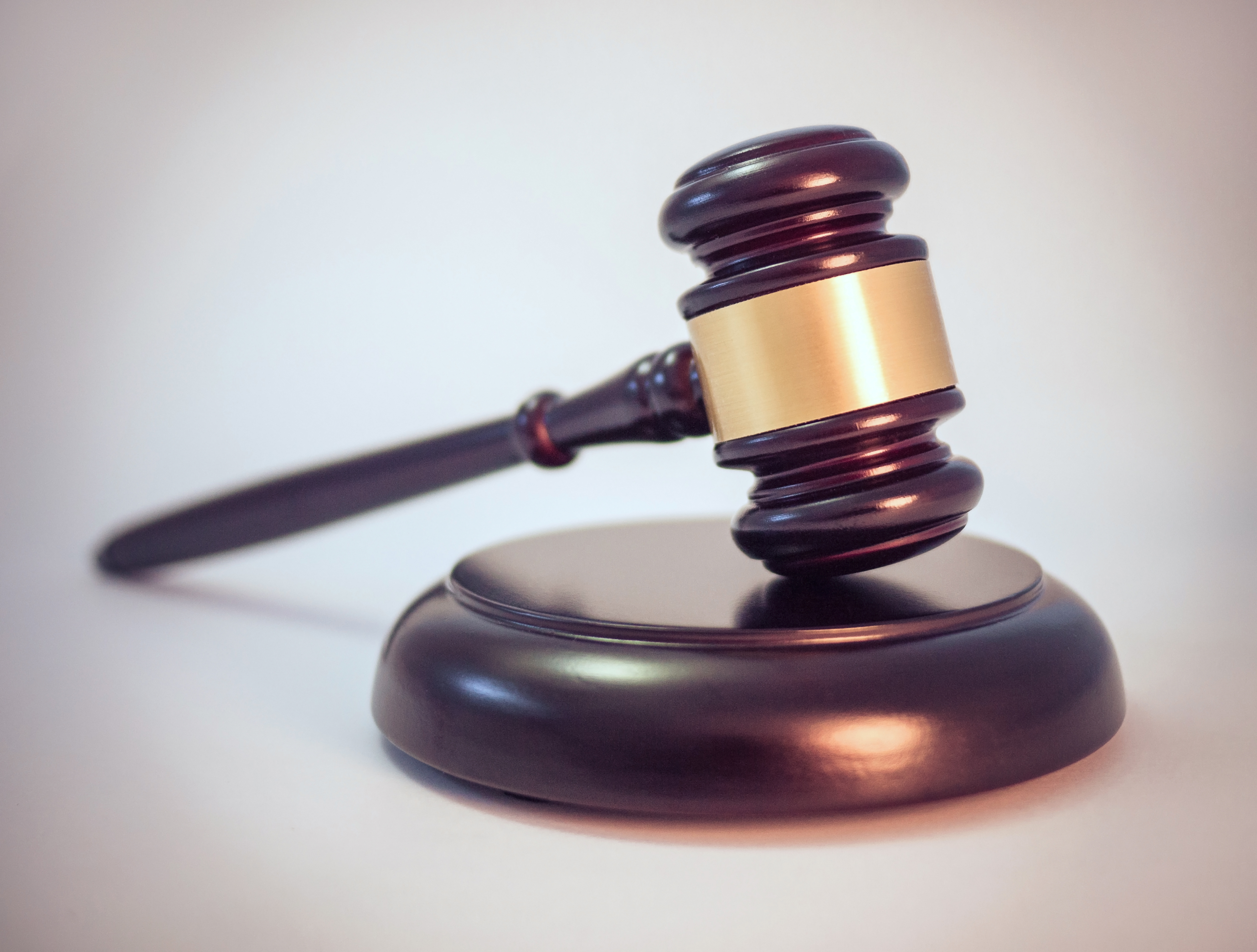The U.S. Supreme Court ruled last month on gerrymandering. “In a 5-4 decision along traditional conservative-liberal ideological lines, the Supreme Court ruled that partisan redistricting is a political question — not reviewable by federal courts — and that those courts can’t judge if extreme gerrymandering violates the Constitution,” NPR reported, adding, “The ruling puts the onus on the legislative branch, and on individual states, to police redistricting efforts.”
With that decision handed down, folks are still discussing the issue of gerrymandering and attempting to answer the question “What now?”
Some background
Anna discussed gerrymandering in her 2018 “Not Those Midterms” post and her 2017 “Hacking Cracking & Packing” post. I recommend checking those out if you haven’t already. The Capital Currents blog also has numerous posts about gerrymandering. Cathy O’Neil also has a post on her blog about the history of gerrymandering, “how to gerrymander,” “how not to gerrymander,” detecting gerrymandering and problems with detecting gerrymandering.
Commentary on the Supreme Court ruling
“The Mathematics of Gerrymandering and the Supreme Court,” a post on the MAA’s Math Values blog by Rachel Levy, deputy executive director of the MAA, with an excerpt from Jeanne Clelland, a professor of mathematics at the University of Colorado, Boulder, covers the recent ruling.
The excerpt from Jeanne Clelland explains a strategy developed by several groups for “quantifying gerrymandering based on statistical sampling and outlier analysis and gives her take based on her reading of the text of the entire ruling.
“In this week’s decision, Justice Roberts basically threw up his hands and declared that the search for a manageable judicial standard for measuring gerrymandering is hopeless, and therefore such claims will no longer be considered justiciable in federal courts. He seemed not to clearly understand the mathematical argument; he repeatedly referred to the proposed outlier analysis as attempting to measure deviation from proportional representation, which it absolutely does NOT do. More significantly, he opined that it was not the Court’s business to decide how much deviation was permissible, and that therefore the entire question should be left up to the states and to Congress,” Clelland wrote.
“In Justice Kagan’s scathing dissent, on the other hand, she made it clear that she understands the math and believes that it could and should form the basis for a judicial standard. She did not attempt to set a clear threshold for how much deviation from the mean should be permissible, but she thinks that in the North Carolina and Maryland cases at hand – both of which are way out on the tails of their respective bell curves – the Court should say, ‘This much is DEFINITELY too much.’ Then it would be up to future litigation, legislation, etc. to work out the question of where to set limits on how much deviation from the mean is permissible, similar to the process that has played out for racial gerrymandering,” Clelland added.
What now?
Sam Wang, a professor of neuroscience and molecular biology at Princeton University and founder of the Princeton Gerrymandering Project, wrote the New York Times opinion piece “If the Supreme Court Won’t Prevent Gerrymandering, Who Will?”
“Progressives have long looked to federal courts to guard the rights of racial minorities and dissenters. But that protection is weakening. Faced with the enormous injustice of partisan gerrymandering, the Supreme Court last month permitted politicians drawing election district maps to discriminate by party and even potentially mask their racial “packing” and “cracking” as mere partisanship. To fill this growing gap, reformers should take an unexpected route: states’ rights,” Wang states at the beginning of his piece.
Throughout the remainder of his piece, Wang outlines the details of that approach. Towards the end of it, he states, “Putting all federalist routes together — courts, voter initiatives, laws and elections — I estimate that reform is actually possible in the vast majority of states, even without the Supreme Court’s help.”
Wang closes with some analogies: “In biological systems, my other area of expertise, self-correction prevents living systems from going off-kilter. If we don’t sweat, we overheat. When cells disregard the boundaries of the organ where they belong, the result is cancer. So too in democracy: Without a mechanism to ensure fair districts, a political party can ensconce itself in power indefinitely. By introducing self-correction mechanisms, we can reverse the erosion of faith in democracy that comes from gerrymandering.”
The blog for the Princeton Gerrymandering Project has numerous resources, including a U.S. map with a state-by-state assessment of “the best route to reform.”







